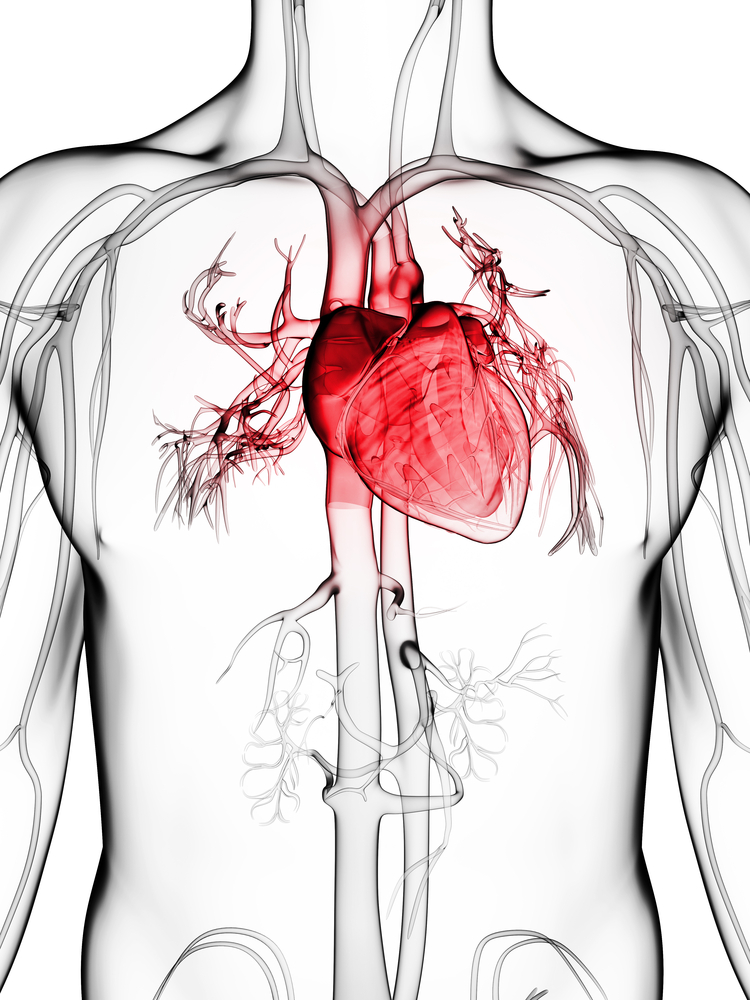Balloon Technique Might Help Inoperable Chronic Thromboembolic PAH

A research journal recently reviewed the use of balloon pulmonary angioplasty (BPA), a new option for people with inoperable chronic thromboembolic pulmonary arterial hypertension. The work, titled “Balloon pulmonary angioplasty for inoperable chronic thromboembolic pulmonary hypertension“ appeared in the July 7, 2015 issue of Current Opinion in Pulmonary Medicine. Although the method has not been widely used due to fears and evidence that it can in some cases cause death, studies conducted in 2001 indicated that it may be a promising, reliable technique. Recent research out of Japan and Norway are supporting these claims, although researchers admit that further research is still needed.
Pulmonary arteries enable the flow of blood from the heart to the lungs, where the blood picks up oxygen for the body. In pulmonary arterial hypertension (PAH), the pulmonary arteries contract, forcing the heart to work faster and causing high blood pressure (hypertension).
PAH refers to high blood pressure of the lungs. It can be associated with different diseases, such as arthritis, or can be of unknown cause (idiopathic). According to the American Lung Association, “PAH worsens over time and is life-threatening because the pressure in a patient’s pulmonary arteries rises to dangerously high levels, putting a strain on the heart. There is no cure for PAH, but several medications are available to treat symptoms.” Chronic thromboembolic pulmonary hypertension refers to the blocking of the pulmonary artery. This condition leads to heart failure and death if it is not treated.
A balloon angioplasty opens up constricted blood vessels and increases blood flow. A long thin tube is placed in the artery and then inflated during surgery to increase the width of the blood vessel.
According to the report, written by Takeshi Ogo of the Division of Pulmonary Circulation, Department of Cardiovascular Medicine, National Cerebral and Cardiovascular Centre, Osaka, Japan “Recent studies about BPA show consistently beneficial effects in [blood flow], symptoms, 6-minute walking distance, and biomarkers. Exercise capacity and right ventricular function are also improved by BPA. However, this new technique still has potentially fatal complications, including [swelling] and pulmonary artery perforation, even in recent studies. There remain a number of concerns and unanswered questions about BPA, including indications, best procedural approach, and long-term outcomes.”
The article suggests that complications can be avoided if the surgeon uses a proper technique. This can include a stepwise method for inflating the balloon, or using a different size of inflation based on individual patient risk.
Further research is needed to help realize the promise of BPA and to reduce fatalities, however, the growing body of research evidence is helping to raise awareness of this technique as an alternative to other standard surgical procedures.







